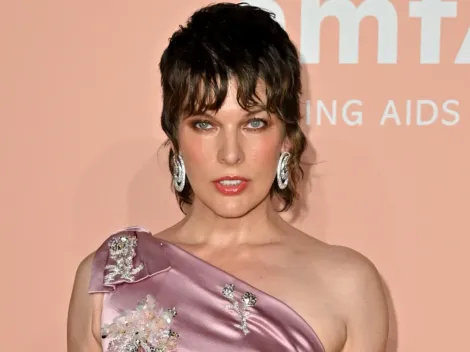After years of anticipation, Francis Ford Coppola has finally brought his beloved “Megalopolis” to life, with its debut on the big screen scheduled for September 27 of this year, so the countdown has begun.
Adam Driver stars in the story, playing the role of Cesar Catilina, an architect with an extravagant vision for the future of New York. Giancarlo Esposito and Shia LaBeouf are among the many actors featured.
The futuristic film, which is an auteur production, has been described as a blend of classic epic and contemporary science fiction, with influences ranging from Roman philosophy to the works of Ayn Rand.
Is Megalopolis based on a book?
No, Francis Ford Coppola’s Megalopolis is not based on a book! The sci-fi drama is an original screenplay written by the director himself, as the project has been a long-standing passion that he has been developing for decades.
The movie explores themes of utopia, dystopia and urban development, set against a futuristic version of New York City. The plot centers on an architect who wants to rebuild the city after a devastating disaster.
Undoubtedly, it is an ambitious endeavor that reflects his vision for a story that intertwines political, philosophical and existential elements in a sprawling narrative. For this reason, it has become one of his most anticipated titles.
Coppola has mentioned that the tone and structure of the drama are reminiscent of cinematic classics like “Apocalypse Now” and “The Godfather”, but with an innovative and visually bold approach.
How long has Coppola been developing the film?
Megalopolis is a decades-long dream that Francis Ford Coppola has had, as he has been developing the film since the 1980s, but the project faced several delays due to its enormous scale and complexity.
In 2001, just before the September 11 attacks, the director had begun filming some scenes in New York, but the project was indefinitely halted as the real-life destruction of the city drastically changed the context of his story.
Finally, in 2021, he decided to revive the idea, financing it with approximately $120 million of his own money, as he wanted to have total creative control over the drama. This financial risk underscores his commitment to the vision.





